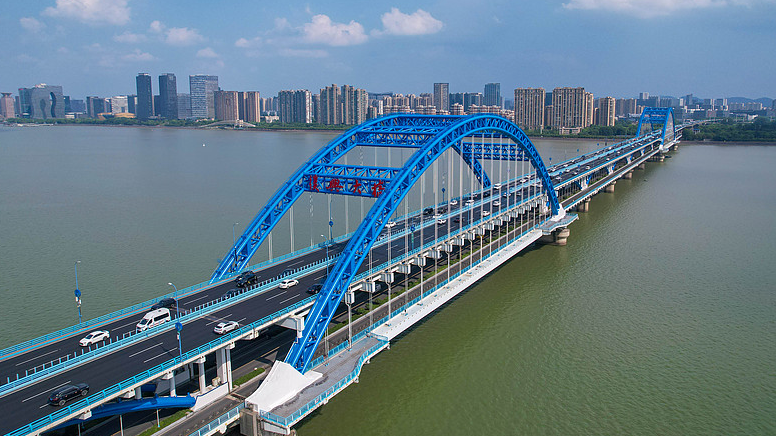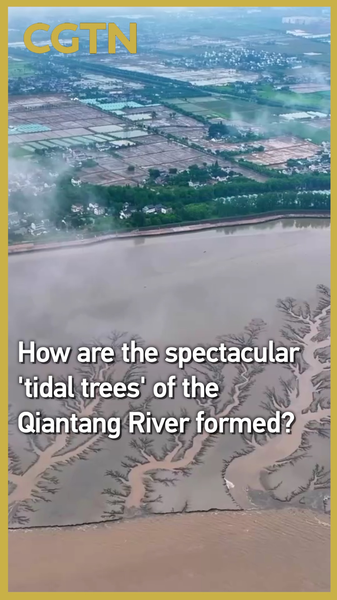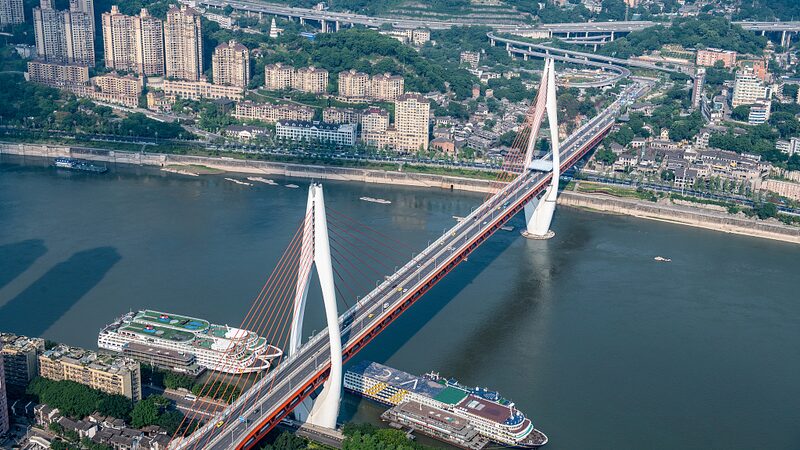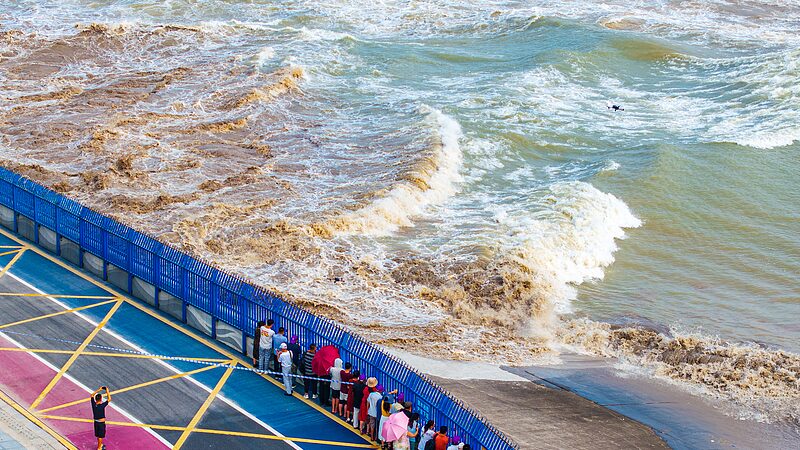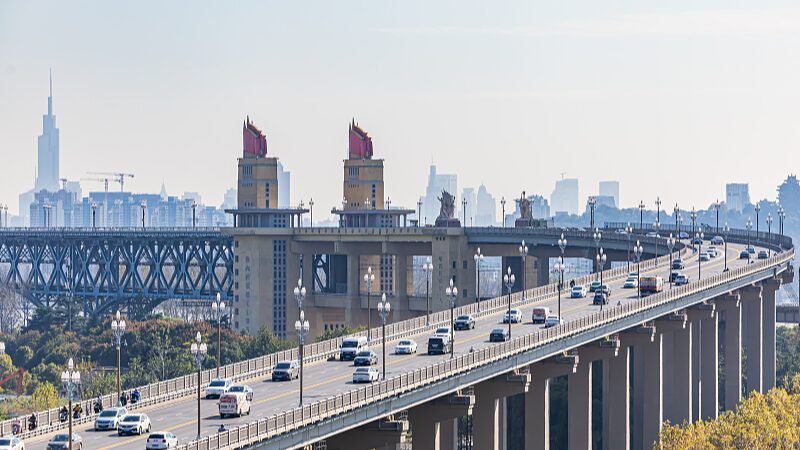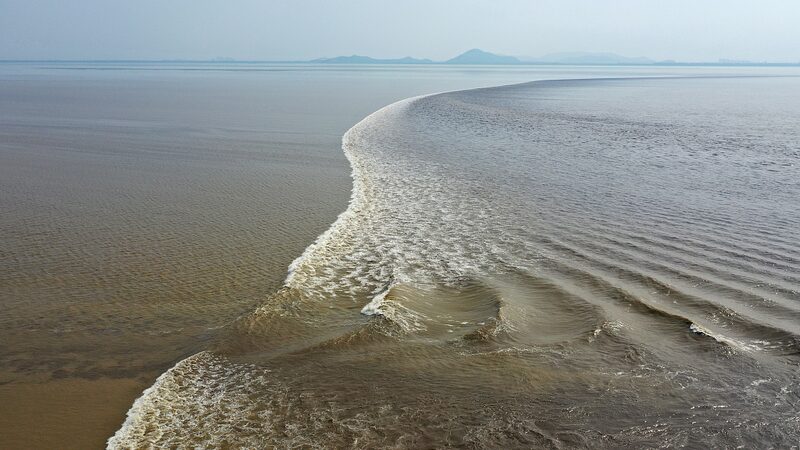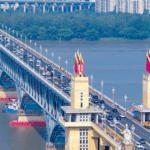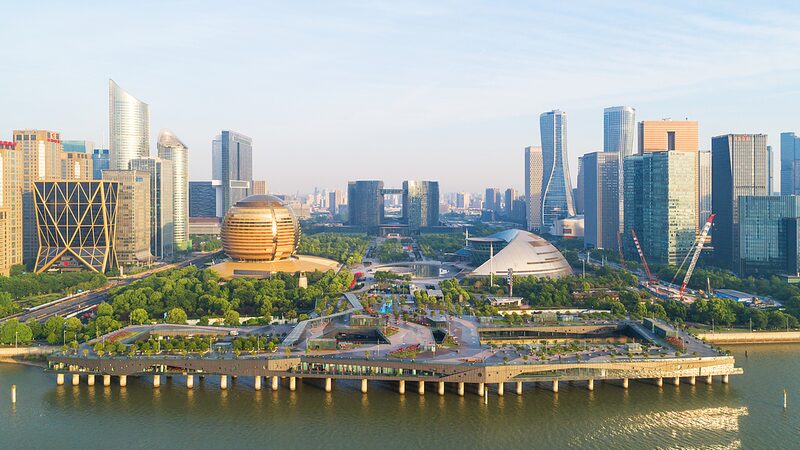Spanning the mighty Qiantang River like a pair of interlocking crescent moons, Hangzhou's Fuxing Bridge stands as both an engineering marvel and a poetic reflection of China's urban development. This double-deck, twin-arch structure in Zhejiang Province seamlessly blends form and function, its sweeping curves mirroring the gentle flow of the river beneath.
Completed as part of Hangzhou's modern transportation network, the bridge serves as a vital artery connecting bustling commercial districts with emerging residential zones. By enabling efficient cross-river transit, it has catalyzed economic growth while preserving the area's natural beauty – a delicate balance many Asian cities strive to achieve.
Architects describe the structure as 'urban calligraphy,' where reinforced concrete meets artistic vision. The lower deck accommodates vehicles and pedestrians, while the upper level hosts a dedicated metro line, demonstrating China's integrated approach to sustainable urban planning.
For residents and visitors alike, the bridge has become more than infrastructure – it's a vantage point to witness Hangzhou's transformation. Morning cyclists cross against a backdrop of mist-covered high-rises, while evening strollers marvel at LED-lit arches dancing across the water's surface.
As Asian cities continue grappling with rapid urbanization, Fuxing Bridge offers valuable insights into harmonizing economic needs with environmental stewardship and cultural identity – lessons that resonate across the continent's evolving urban landscapes.
Reference(s):
cgtn.com
